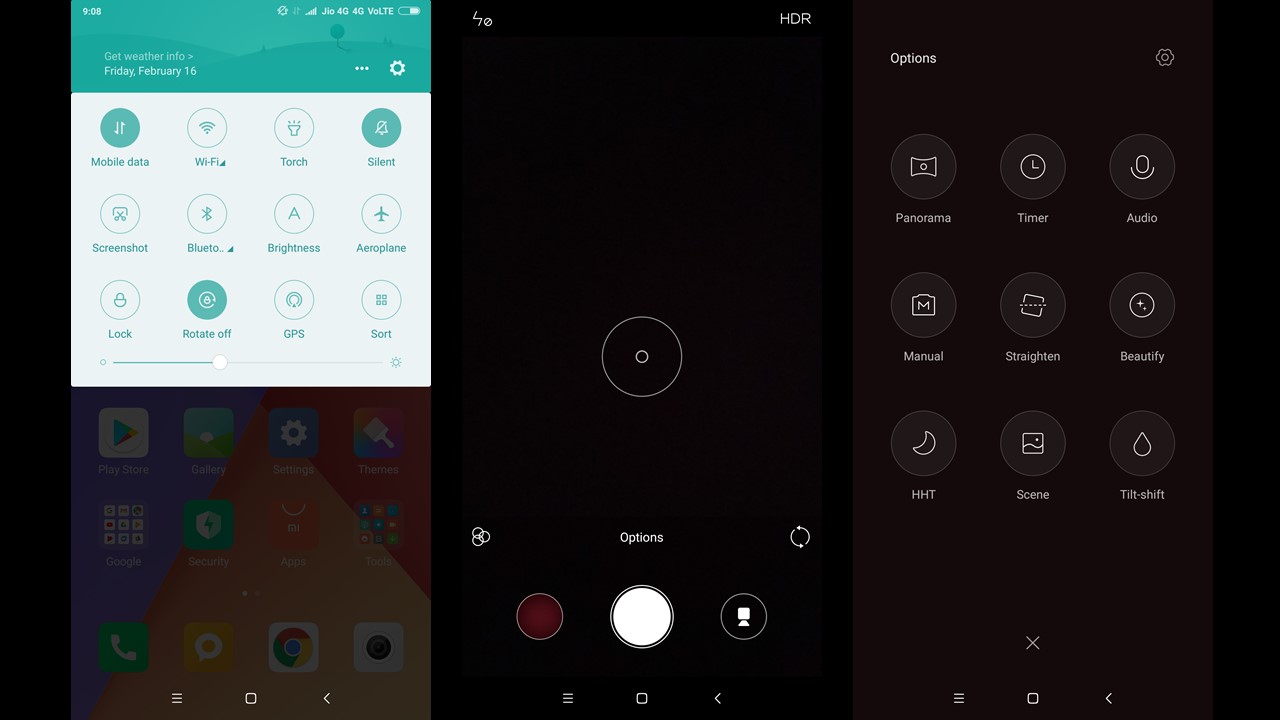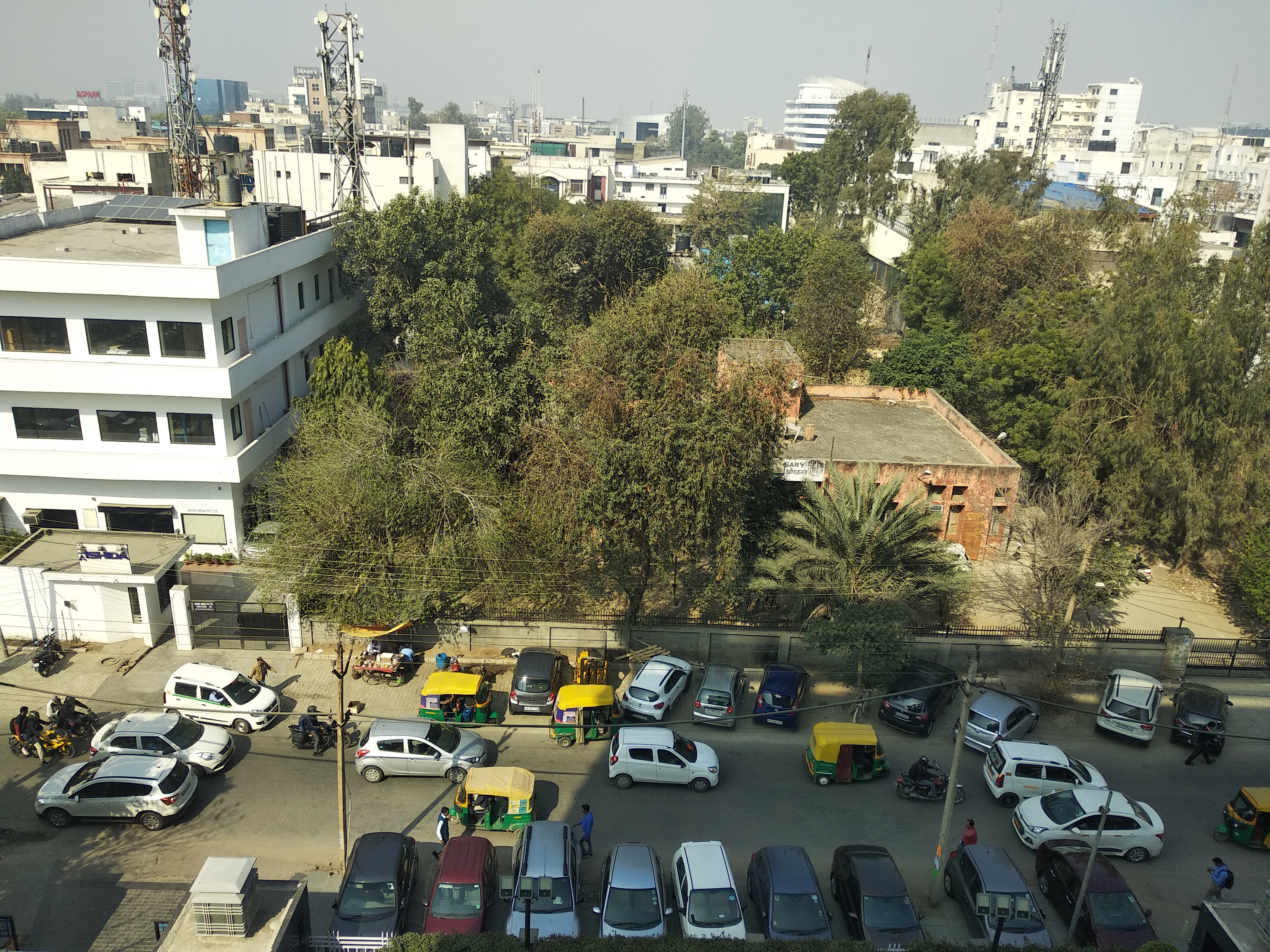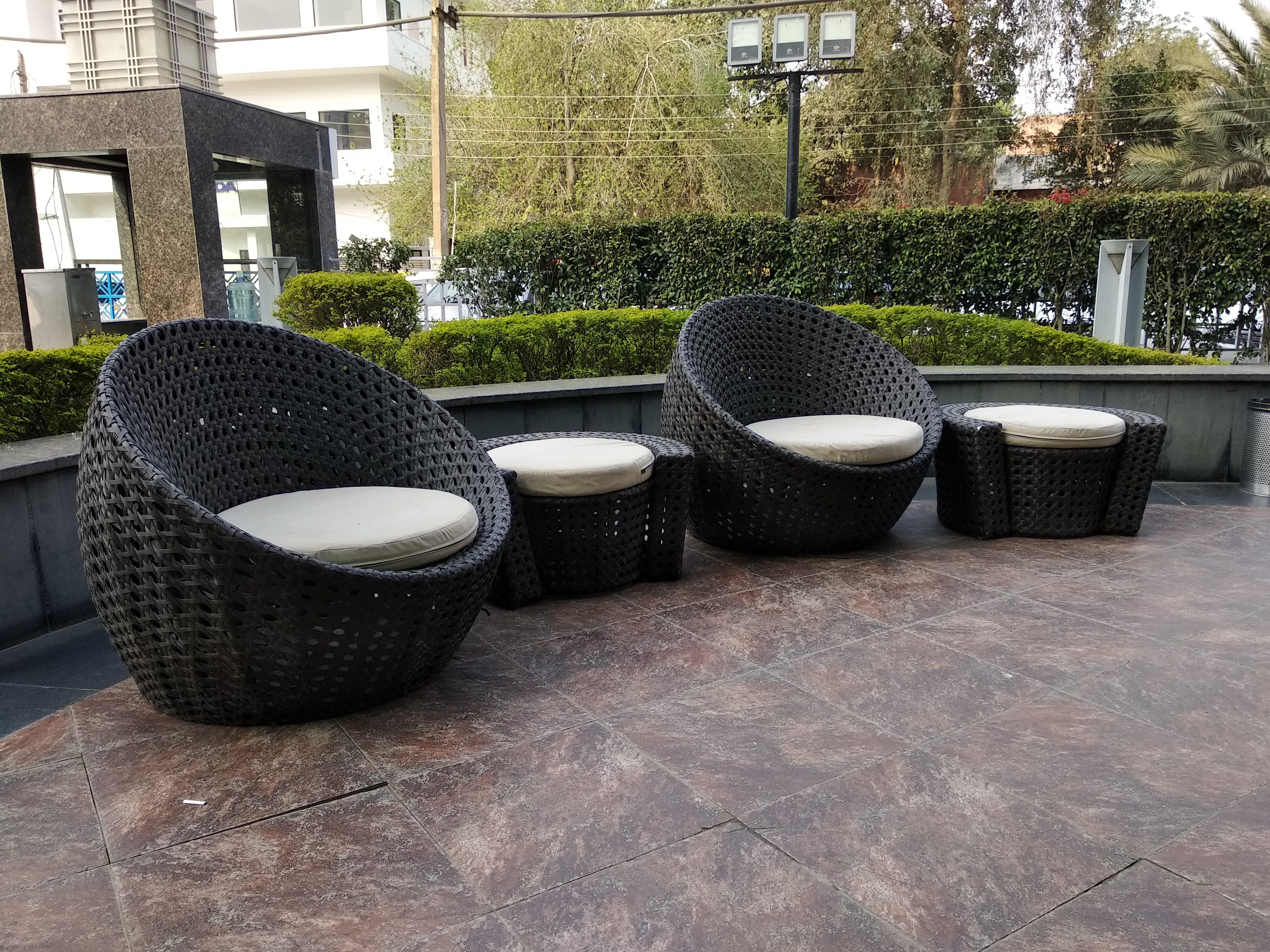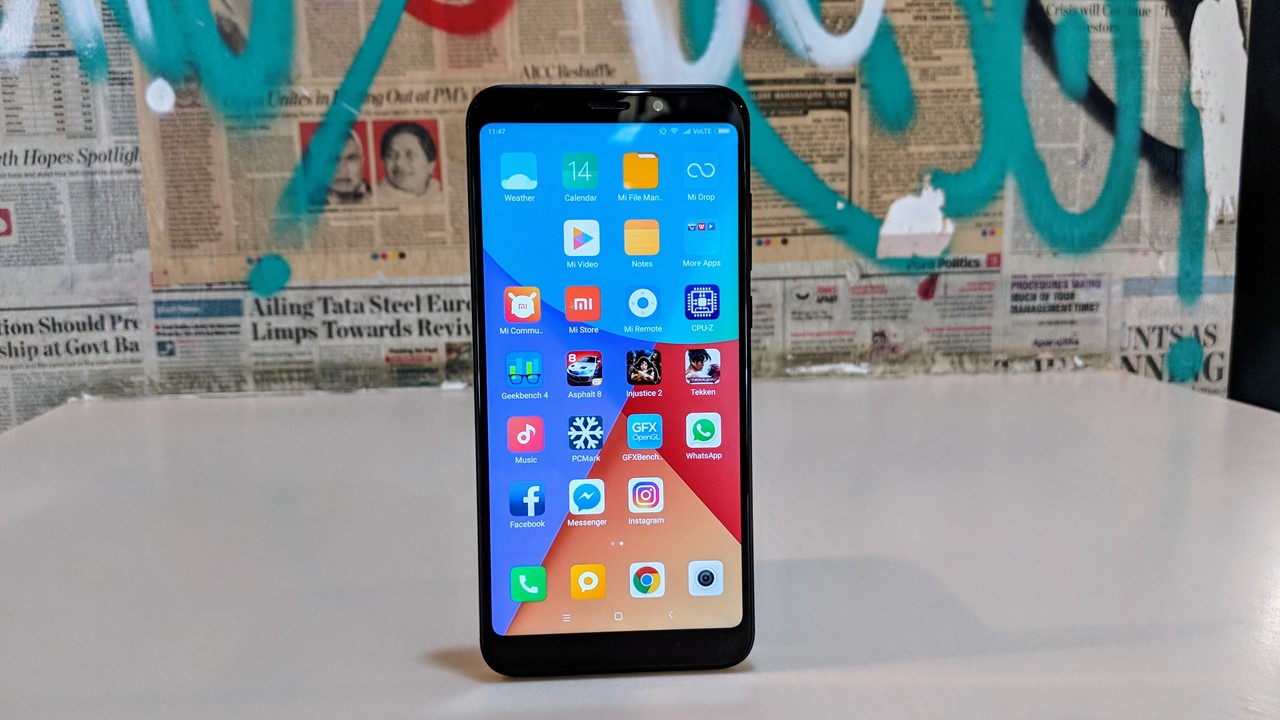Why you can trust TechRadar
Interface and reliability

Redmi Note 5 runs on Android 7.1.2 under Xiaomi's custom MIUI 9 which isn't the very best user interface for Android smartphones but has its perks. MIUI is a pretty customisable skin that comes with a really neat set of features. Users switching from other Xiaomi smartphones wouldn't feel much change in the interface as MIUI 9 is being seeded to most Xiaomi smartphones.
During our usage, we didn't encounter any kind of lag or bug and our experience remained smooth throughout. MIUI offers tons of features like support for multi-window, smart notifications, efficient memory management among others which keep the functioning seamless.
There's a different kind of joy when you are working on stock Android as it gives you a clean and a slick place. MIUI has tiny little enhancements like copying an OTP from the text message that's just arrived without opening the box.
Getting through a day's work with the Redmi Note 5 shouldn't be a big problem for the phone and users in general.
Specs and Performance
Here's where things get interesting. The Redmi Note 5 uses the same processor as its predecessor. While Qualcomm has already announced Snapdragon 636 which is found on the Redmi Note 5 Pro, the company decided to stick with their dependable Snapdragon 625.
The SD 625 is a tried and tested chipset which made way to nearly every mid-segment smartphone. It tackled whatever we threw at it which including a 24GB video file - and this thing was able to play it.
The octa-core chipset is backed by 4GB of RAM and an internal memory of 64GB.
Sign up for breaking news, reviews, opinion, top tech deals, and more.
Redmi Note 5 was able to run games like Injustice 2, Asphalt 8, Shadow Fighter and Tekken without any jitters. Though Injustice 2 did have some occasional frame drops.
Multitasking is a breeze with the Note 5 as it works seamlessly while switching from one app to the other.
Qualcomm's Snapdragon 625 is one of the most efficient SoCs out there and does the job well. However, Xiaomi could have taken it a step further and actually updated the processor with 636 to ensure more shelf life and even better performance.
Camera

Redmi Note 5 comes with a 12-megapixel rear camera which has an aperture size of f/2.2 and is backed by phase detection autofocus (PDAF) along with dual tone dual-LED flash.
What's intriguing is the fact that this is the same camera that made it to Xiaomi's Android One smartphone, the Mi A1. The images created by the camera on the Note 5 are on par with what the competition has to offer.

Pictures made by the camera are really good and detailed. The color reproduction is more or less accurate. We found a warmer tint always making an appearance with the pictures. But that won't deter a user, it isn't noticeable unless one actually goes looking for.
The small f/2.2 aperture also helps in reducing picture noise resulting in more crisp shots.
However, low-light shots from the camera weren't as good as expected. Pictures were washed out and lacked details accompanied by a lot of noise.











There's a manual mode as well but it only allows ISO and white balance adjustment - which is a letdown.
The 5-megapixel front-facing camera does a decent job as far as selfies are concerned. Pictures from the front camera were sharp with natural colors.
For the price, the camera on Redmi Note 5 does a fine job. Users making the investment wouldn’t be disappointed in the quality of pictures.


Current page: What's it like to use?
Prev Page Introduction, Design & Display Next Page Battery life & verdict
- Siddharth Chauhan is the Consumer Technology Reporter at Digit India. He used to work as an Assistant Editor at TechRadar India
